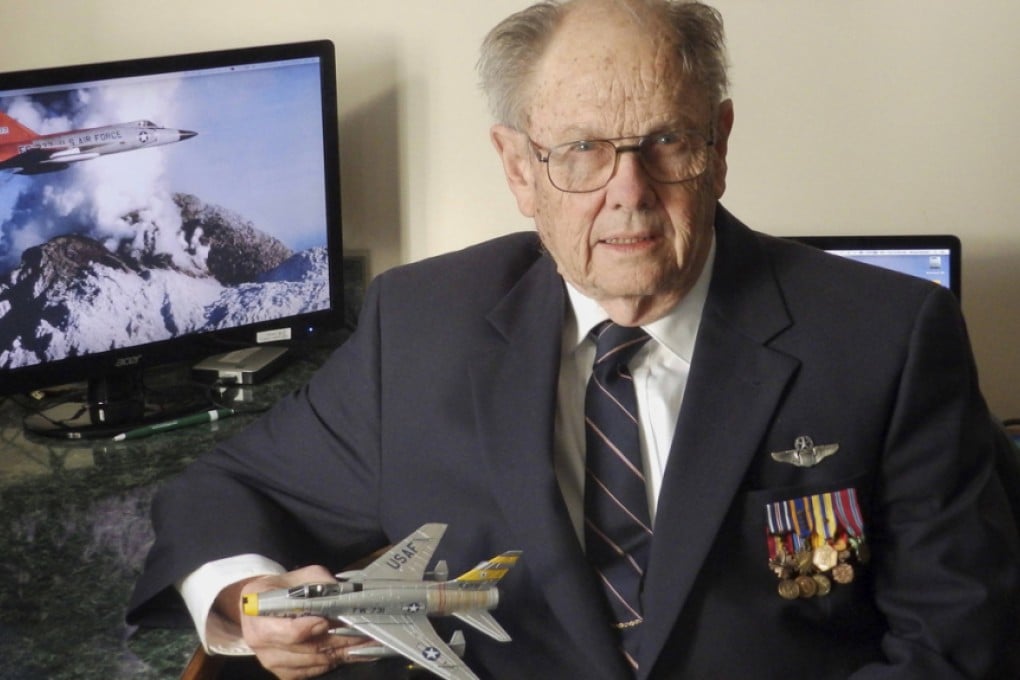Retired US top gun on school in Kowloon, seeing Pearl Harbor bombed and thwarting Soviet attack on China
Former King George V School boy Bruce Gordon tells Paul Letters about watching Japanese attack on Pearl Harbor, being inspired to join US Air Force by Victoria Harbour visit to US aircraft carrier, and buzzing Soviet warships amid China attack plan

N I was born in 1934 in the Philippines, where my father worked for the Kodak photography company. In 1939, as war began in Europe and Japanese aggression swept through China, my parents sought a safe haven: we relocated to Hawaii. One Sunday morning, as a seven-year-old, I was on the beach near Honolulu with my brother, shooting crabs with our BB guns, when we were called home: the Japanese were attacking Pearl Harbor. Smoke billowed up from the naval base and I watched in fascination as the US Army dug in a machine gun nest at the treeline rimming our beach. Dad filled bags with sand and fashioned a shelter for us kids under the laundry sink. On Christmas Day, 1941, we packed up and left Hawaii on the first convoy out of Pearl Harbor after the attack. We voyaged in a convoy, zigzagging a course in the hope of avoiding Japanese submarines. Our ship was overcrowded; bunk beds filled the swimming pool. I only had a light Aloha shirt and short pants, no coat. I was shivering with cold on New Year's Eve, as we sailed under the Golden Gate Bridge into San Francisco. But we had made it unscathed.

After we reached mainland America I was twice hospitalised, and on both occasions I overheard nurses say I was dying - once with pneumonia and then with liver disease. But, again, I made it. Dad soon returned to Hawaii for work and we joined him in April 1944, by which time victory against the Japanese looked likely. A couple of years after the war, Dad was assigned to Kodak China, and we went to live in Hong Kong.
From 1947 to 49, I attended King George V School, in Kowloon. We lived at 48 Ho Man Tin Hill Road, high on a hill beside a cemetery. The house had been used as a Japanese headquarters during the war. As an American in a British school, I experienced the constant competition between the British, who saw us as upstart colonials, and the Americans, who thought the British backward. While walking on the beach one day, I found a Japanese hand grenade in the sand, with the pin still in it. I was afraid to touch it. There were some British soldiers lounging on the beach, so I told them about the grenade. One of them picked it up and hurled it into the ocean - we held our breath … and the grenade just sank to the bottom.

Britain's Royal Air Force sent a Vampire jet fighter to Hong Kong - it was the first jet plane that we had ever seen, and it flew all over the city at low altitude and high speed. It looked so beautiful - I knew then that I wanted to be a jet fighter pilot. Then the US Navy anchored an aircraft carrier in the harbour. American citizens were invited aboard and given tours of the ship. Aged 13, I got to sit in the cockpit of a real fighter plane on an active aircraft carrier.
